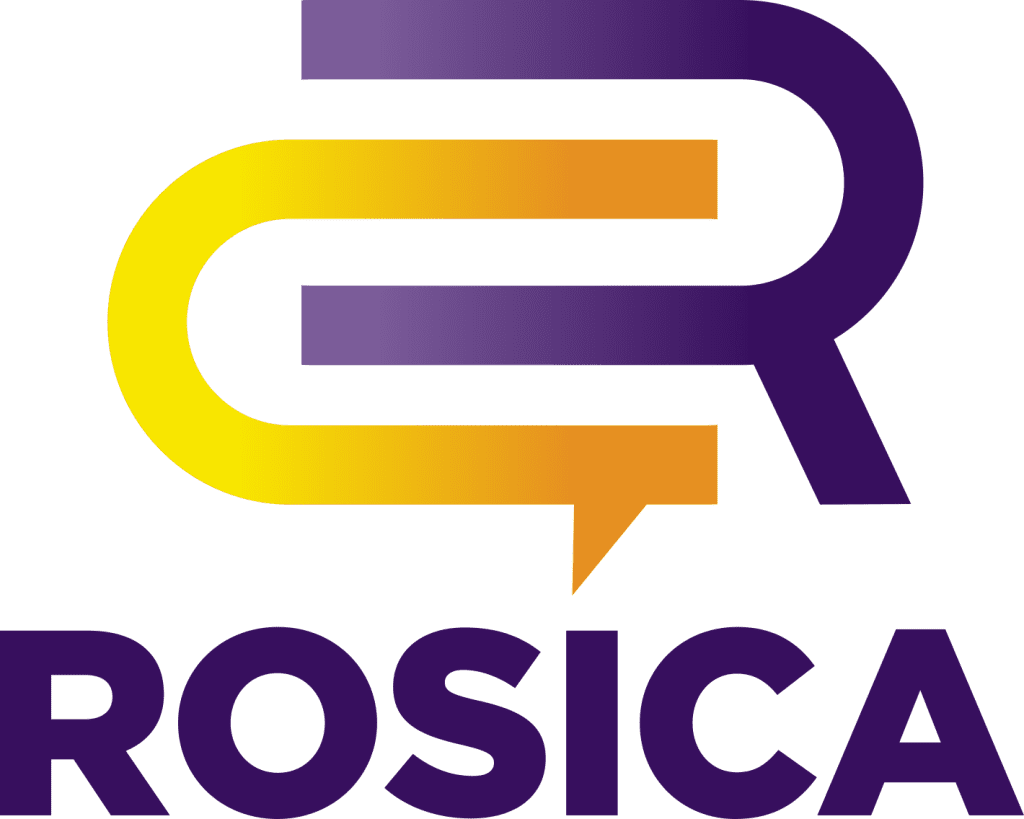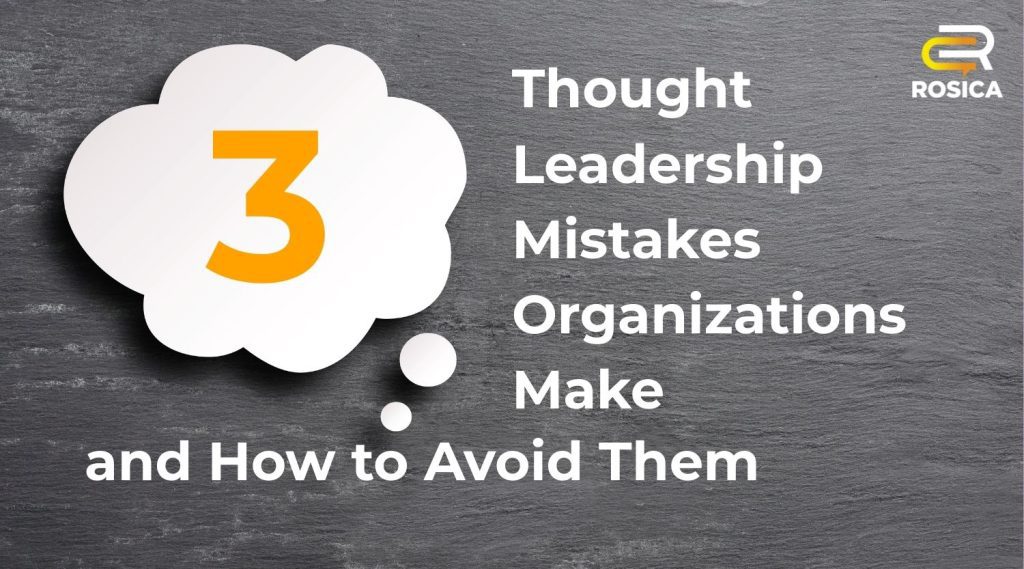Thought leadership is one of the most powerful ways to build credibility and position an organization as an authority in its field. When done well, it elevates a brand and turns the executive team into go-to experts on insights, issues, trends, and solutions.
However, not all thought leadership efforts produce results. Many organizations, often with the best intentions, produce content that misses the mark. Instead of building influence, it falls flat or fades quickly, wasting time and resources.
The good news? These pitfalls are avoidable. By understanding the most common mistakes and learning how to sidestep them, your organization can create thought leadership that sparks conversations, earns trust, and delivers measurable impact.
As a pioneering thought leadership agency, we’ve highlighted three common mistakes organizations make when pursuing thought leadership, and how to avoid them.
Mistake #1: Leading with Promotion Instead of Perspective
One of the biggest mistakes about thought leadership is talking about your organization too much. Nonprofit and for-profit corporations assume that sharing awards, announcing events, or detailing new products or services makes for strong thought leadership content, but that’s not always the case.
When thought leadership activities become overly self-promotional, they lose their value and can even detract from efforts to grow credibility. A LinkedIn post that reads like a sales pitch or a blog that only talks about your milestones does not serve to enhance thought leadership. People and the media are drawn to value-added content, not self-aggrandizing posts.
How to Avoid It:
Instead of leading with promotion, lead with perspective. Focus on industry trends, problems, and solutions that matter to your audiences. Share lessons you’ve learned from experience, offer predictions about your sector, and analyze emerging trends and opportunities that impact your field.
Ask yourself: Would someone want to read this if they don’t [already] know us?
If the answer is yes, you’re likely creating content that lends itself to building thought leadership. A nonprofit, for example, might publish an article on how changing donor demographics affect fundraising strategies rather than simply listing its recent campaign results. A healthcare organization might discuss how new telemedicine technologies and practices, with the help of AI, are reshaping patient care – instead of simply highlighting its latest tech support tools.
By offering insights instead of selling, you establish authority, and audiences will come to you when they are ready to engage more deeply.
Mistake #2: Publishing Without Purpose
Many organizations try to grow thought leadership too broadly. They publish blogs and social content on every trend, hoping that casting a wide net will attract more attention. The result? Their voice gets lost amid the comms. clutter because it’s not anchored to a specific audience or group.
Effective thought leadership helps organizations and people “own” specific topics, verticals, beliefs, and subject matter areas in the minds of their stakeholders. When you focus on the industries or audience segments where your expertise is strongest and data is the richest, your insights become more credible and your message resonates more deeply.
How to Avoid It:
Pick your top three audience groups and focus on leading the conversation there. For example, if your organization serves healthcare and education, create content that directly addresses the challenges and trends in those sectors. Don’t try to also weigh in on finance, consumer tech, or manufacturing unless they intersect with your core expertise.
This approach allows you to develop signature insights that are relevant, memorable, and trusted. It also makes your media outreach more effective because editors, reporters, and event organizers will see your organization as the go-to voice in the sectors that matter most to you.
When you know who you’re addressing, your thought leadership stops feeling scattered and starts building influence.
Mistake #3: Treating Thought Leadership as an Announcement, Not a Conversation
Publishing a single LinkedIn article or landing one op-ed is a great start, but real thought leadership grows through consistent engagement. Organizations that make occasional announcements without continuing the dialogue struggle to build lasting recognition.
Thought leadership is not just about speaking; it’s about sparking conversation and staying part of it. When audiences only hear from you sporadically, your insights quickly fade. The most effective thought leaders grow it over time, showing up in meaningful ways across multiple channels.
How to Avoid It:
Turn your insights into multi-channel conversations. Repurpose content themes into blog posts, op-eds, webinars, podcasts, short videos, digital ads, and social posts. Each format reaches a different segment of your audience and reinforces your messaging. Consider partnering with an integrated digital/media relations agency to seamlessly integrate your content and disseminate it across several marketing communications channels. Consistency is key, so be sure to create a thought leadership calendar that aligns with your broader PR and marketing plan. Instead of scattershot posts, you’ll have a steady drumbeat of insights that keep your brand top of mind.
Finally, focus on building relationships. Engage with industry reporters, editors, and influencers (i.e., conference speakers, social media powerhouses, and prominent podcasters). Participate in panels and forums and remember to respond to comments on your posts. Thought leadership thrives when it sparks dialogue and invites your audience to join the conversation.
Over time, this approach transforms your content from a single thread into an ongoing content engine of credibility and connection.
Conclusion
Effective thought leadership doesn’t require a celebrity CEO or a viral moment. It requires clarity, consistency, and smart planning. It’s important to remember that thought leadership is not about having all the answers. It’s about being the organization that asks the right questions and offers meaningful insights in return.
By avoiding the three common mistakes of self-promotion, scattered messaging, and one-way communication, you can build thought leadership that resonates with audiences, earns media attention, and positions your organization as a trusted voice in your field.
About Rosica Communications
Rosica Communications is a national PR agency and thought leadership firm with deep experience in elevating thought leaders across the nonprofit, animal health, education, healthcare, and food sectors. Our strategic approach transforms ideas into media coverage, value-added partnerships, and measurable impact. Through our proprietary Thought Leadership Measurement Matrix™, we help organizations track and grow visibility, engagement, influence, and action; ensuring your thought leadership is purposeful and effective.
To learn more, schedule a call with Chris Rosica, CEO and President of Rosica Communications: https://calendly.com/rosica/30min.

